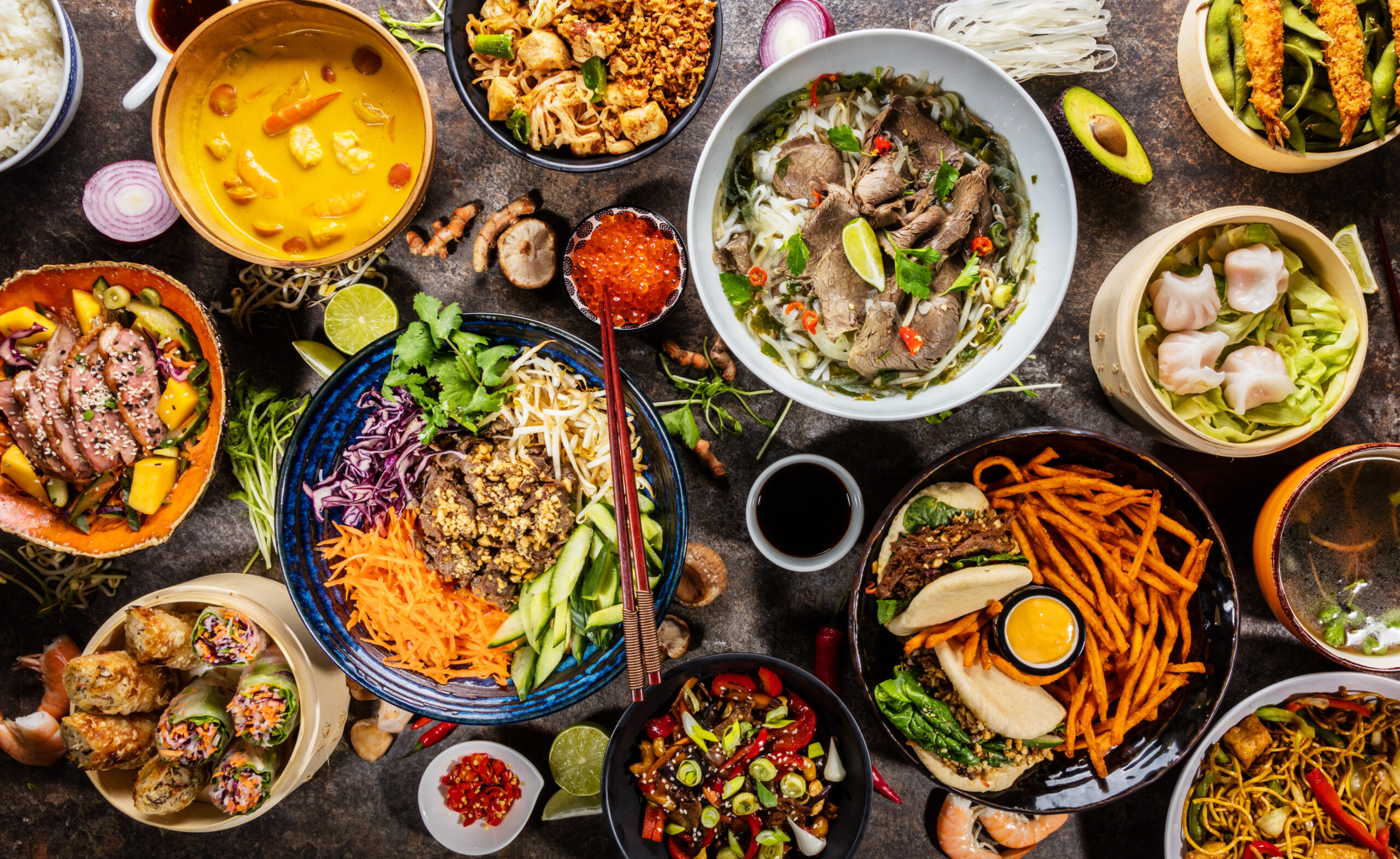
One of the things I look forward to as the summer comes to a close is the spectacular colors of autumn leaves. Autumn is generally considered to begin on the September equinox and end on the winter equinox. This year, autumn will begin Sept. 23 and end Dec. 22. During these months, the leaves will change from lush greens to bright yellows and oranges and – if we are lucky this year – bright reds. You may have noticed over the years that we don’t always see the bright red leaves before the leaves turn a deep brown and fall from the tree. So why do the leaves sometimes turn red and why do the leaves change colors before they fall at all?
We all learn in grade school that the reason leaves are green is chlorophyll. Chlorophyll is a green pigment in plants that is a primary biological part of how plants convert sunlight into chemical energy to help the plant grow. However, as with most things we learned in grade school, the plants light conversion system is a bit more complicated. The green in leaves is actually a combination of two types of pigments that are always present – chlorophyll and carotenoid. A third pigment, anthocyanin, is produced under certain conditions.
These three biological pigments are found in all sorts of biological systems, from fruits and vegetables to the feathers of tropical birds. Carotenoids are buried underneath the chlorophyll in the structure of the leaves. Since plants are the most efficient light-energy conversion system that we know of, it should be expected that plants only produce exactly the amount of pigments they need to survive. As we move past the September equinox, measured temperatures are lower and we begin to see fewer and fewer hours of sunlight. Since there are fewer hours of sunlight, the plant begins to produce less chlorophyll because it doesn’t need to waste energy creating light-conversion materials since there is less light to absorb. As this happens, the carotenoid underneath the chlorophyll starts to show through, and the leaves are now seen as changing to yellows and oranges.
At this point in a tree’s lifecycle, if the temperatures drop low enough or stay low for enough days, the tree stops supporting the leaves altogether by blocking the channels that send nutrients between the leaves and the tree. If temperatures stay warm enough, the plants begin to produce anthocyanin. The anthocyanin is a pigment that absorbs light in the blue-green wavelengths and reflects light in the red wavelengths to us. Of course, these are biological systems, so there is variation in the organization and growth of tree leaves; some may get less chlorophyll at different times, and some may start producing anthocyanin sooner. This biological variation is what gives us the wonderful mixture of reds, greens, yellows and browns as the year marches from the fall equinox to the winter equinox.
By R.J. Linton





